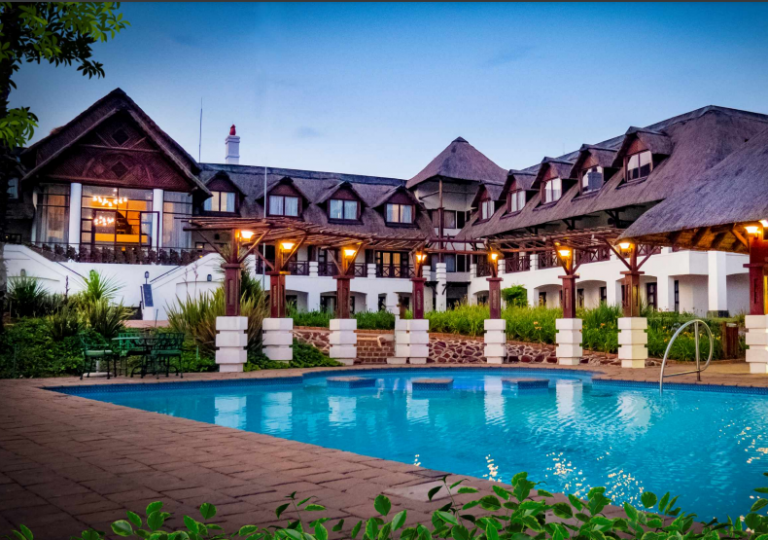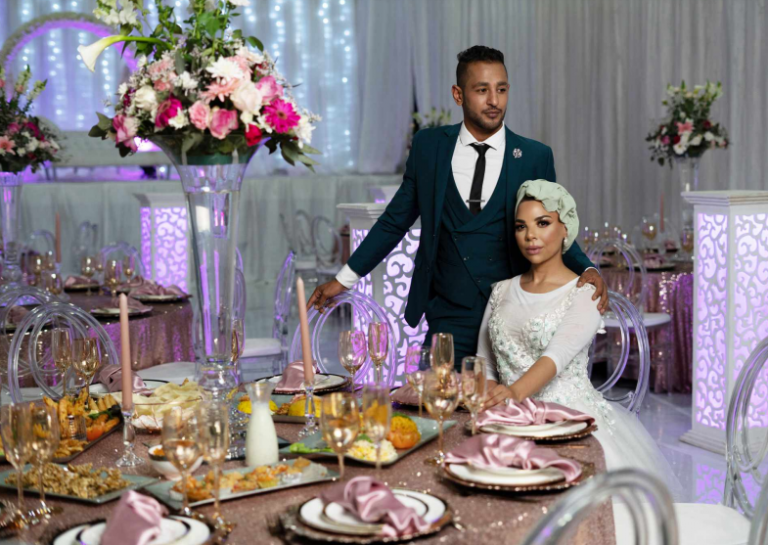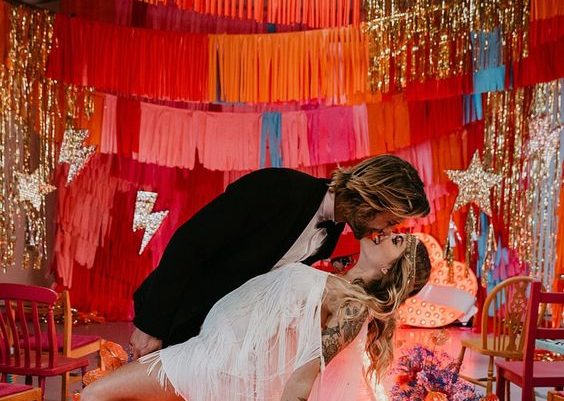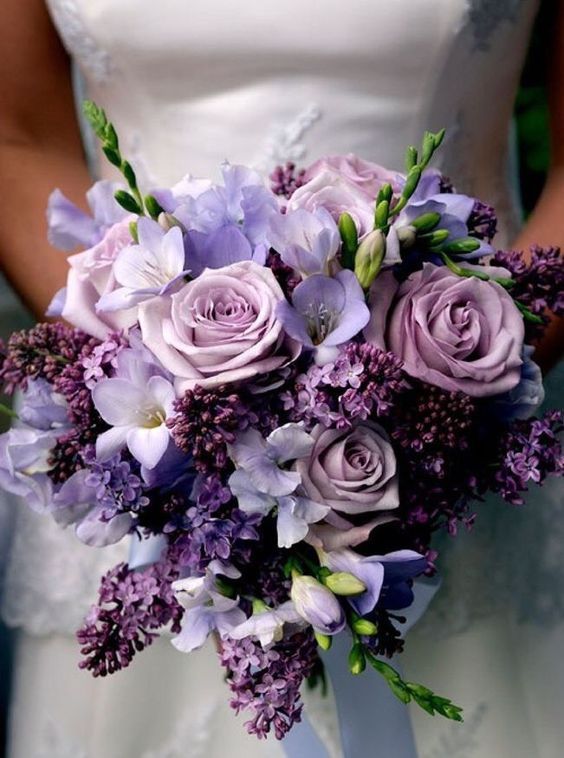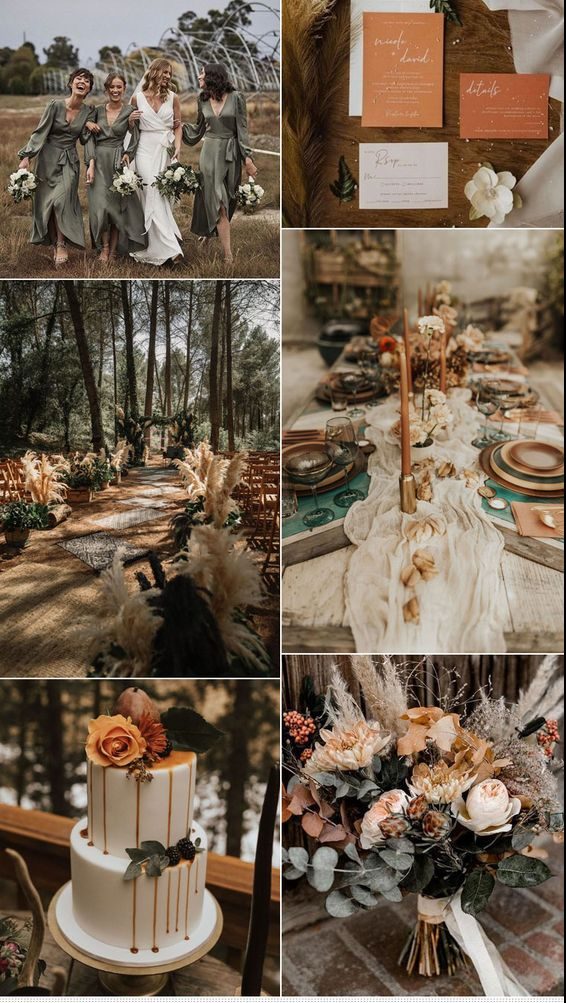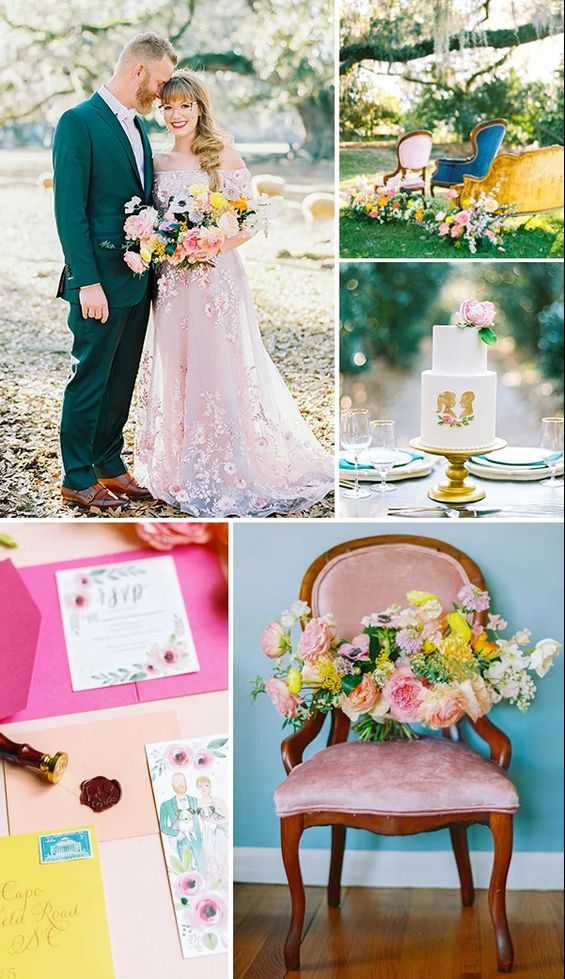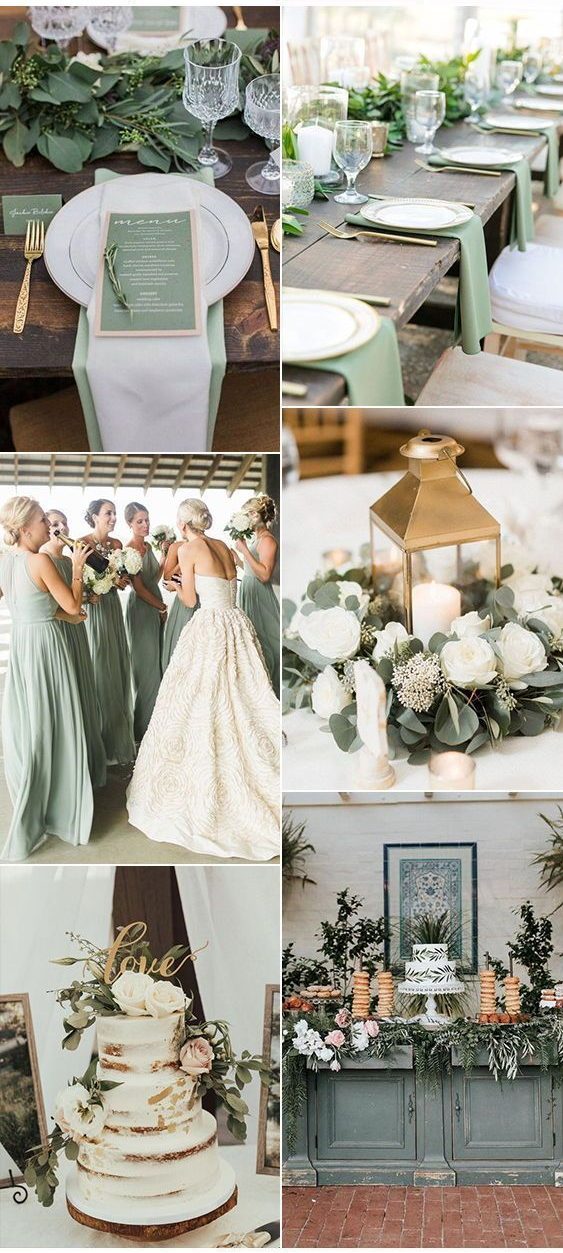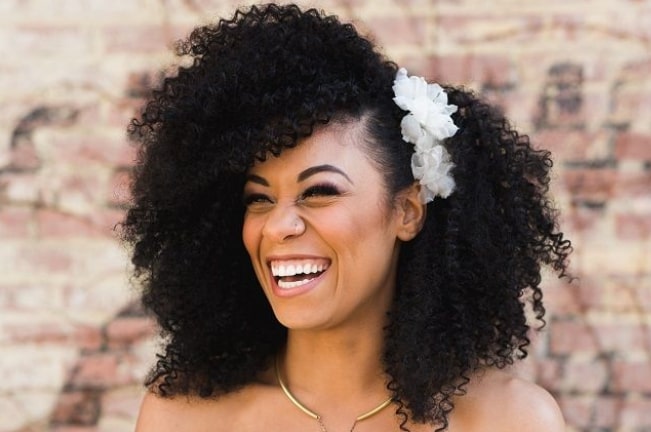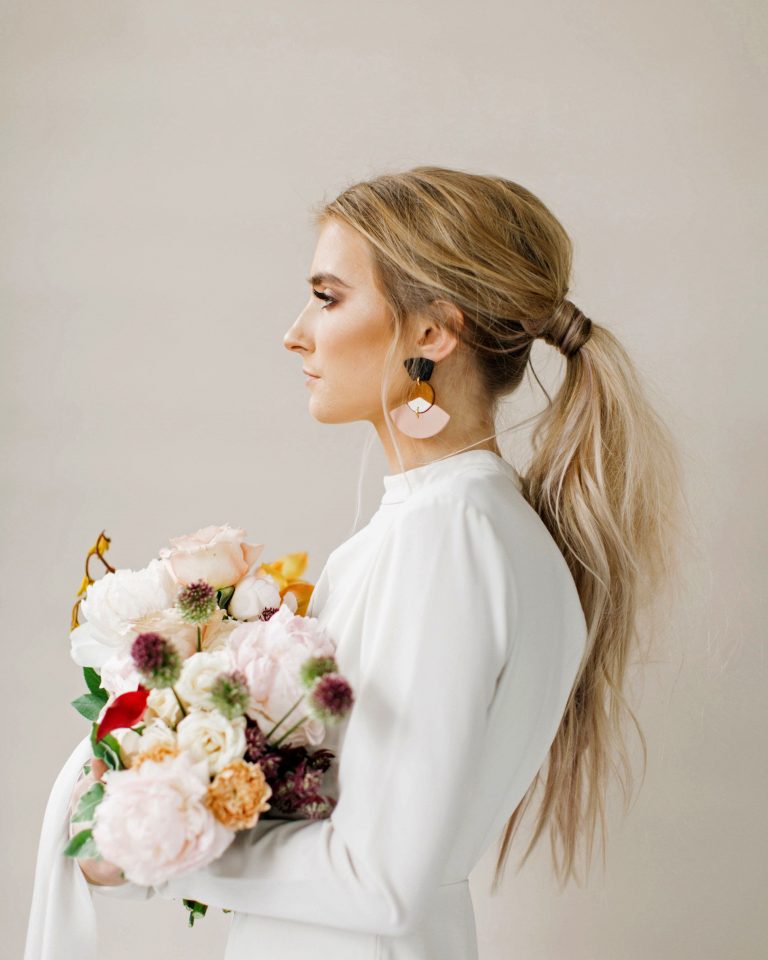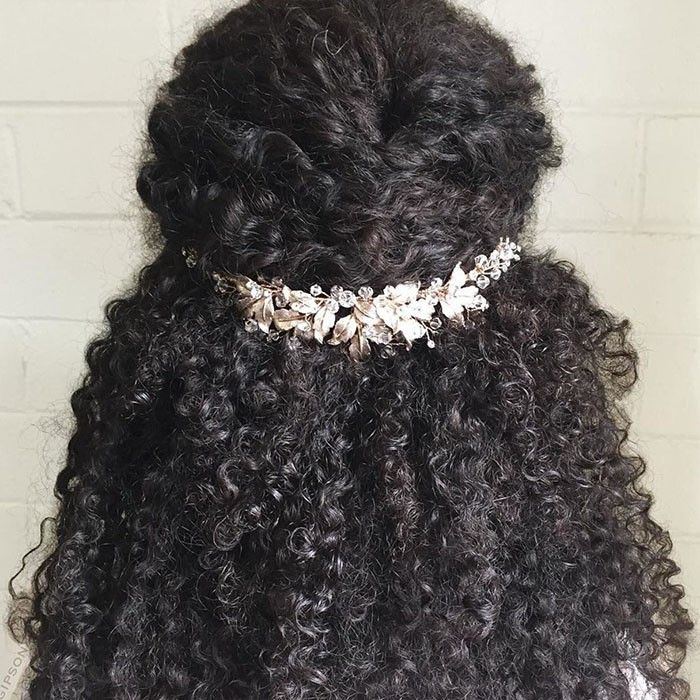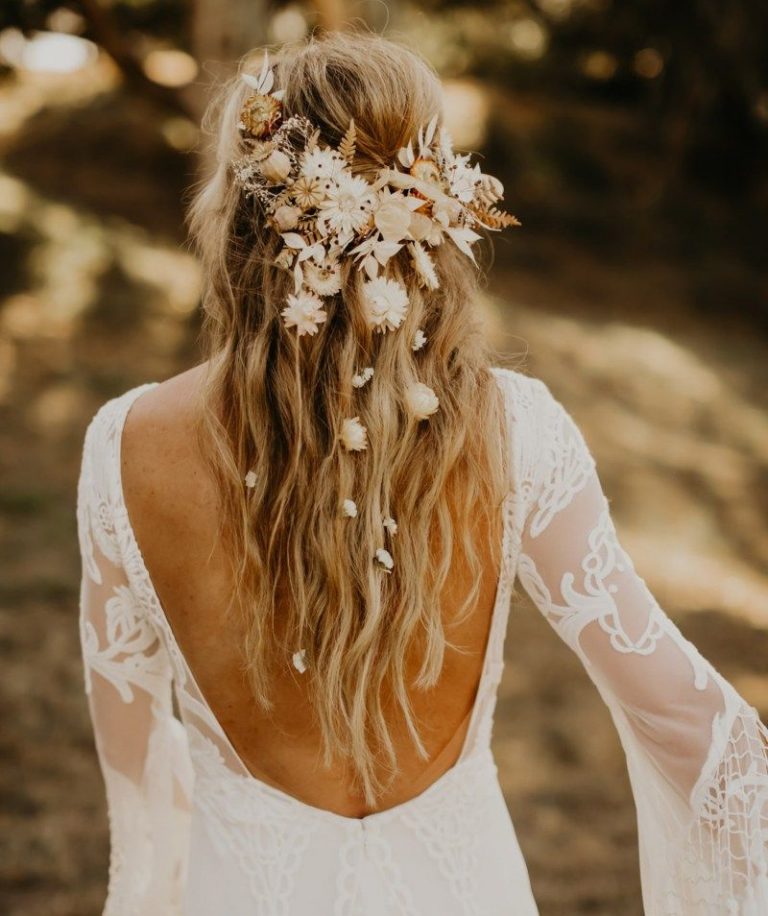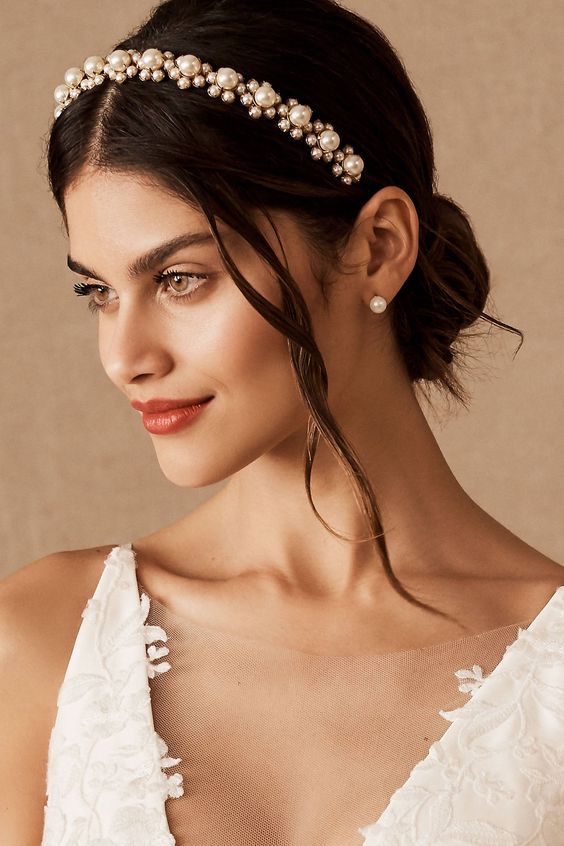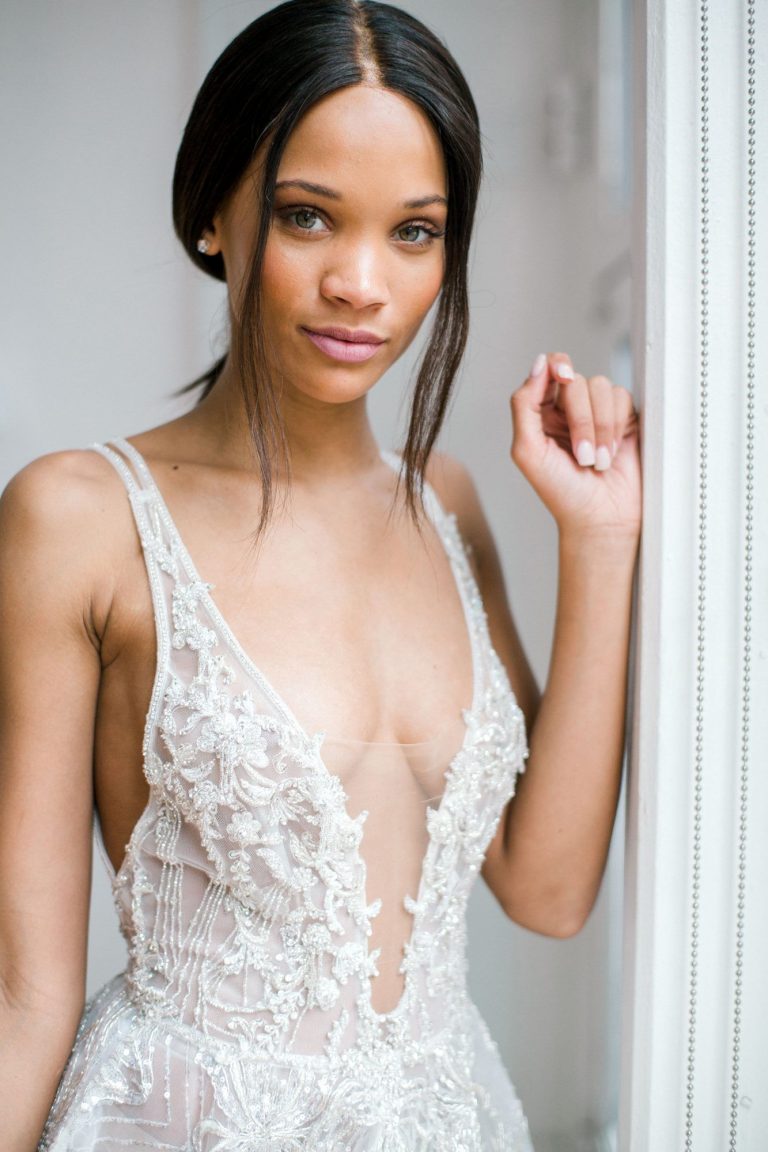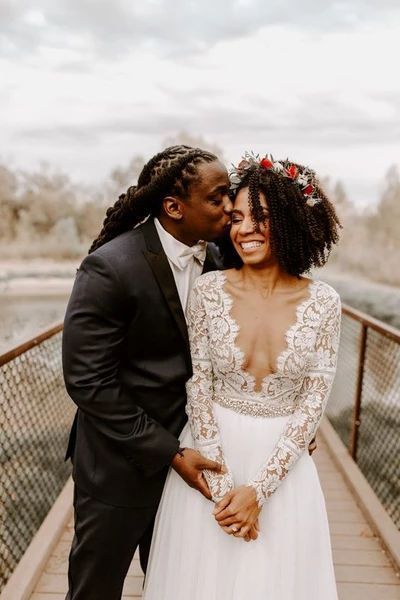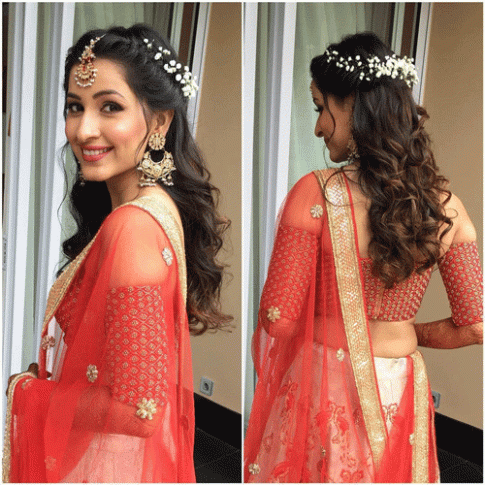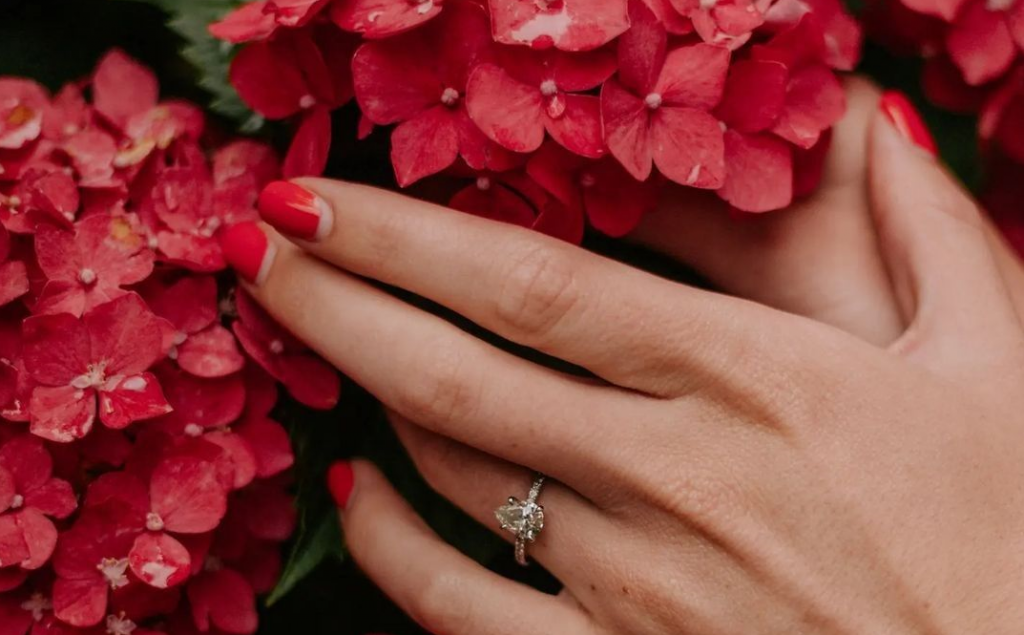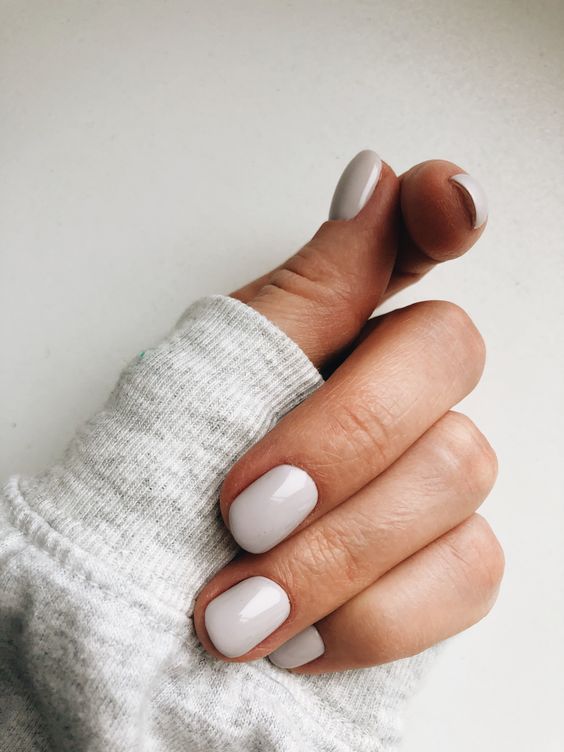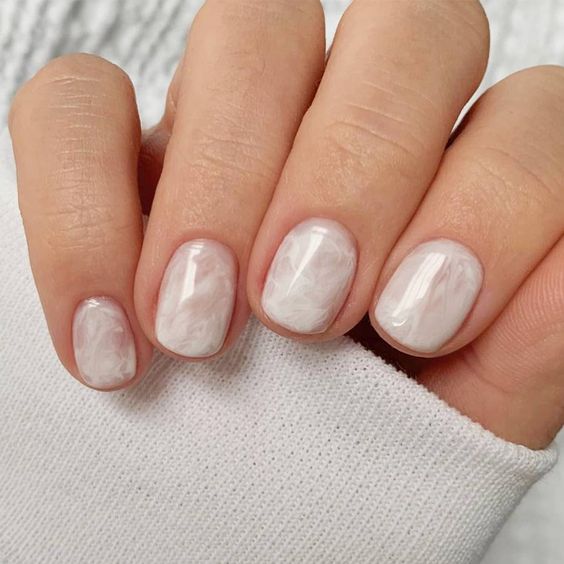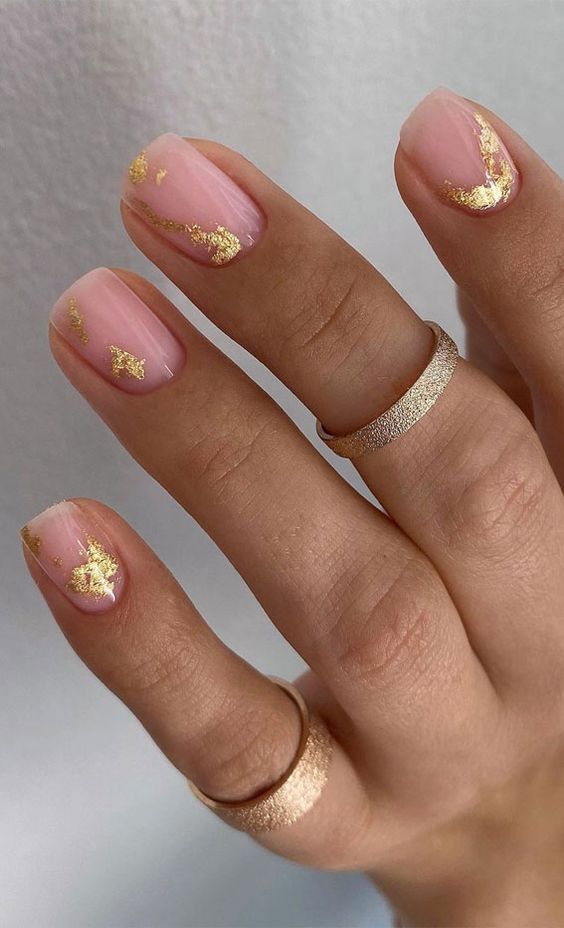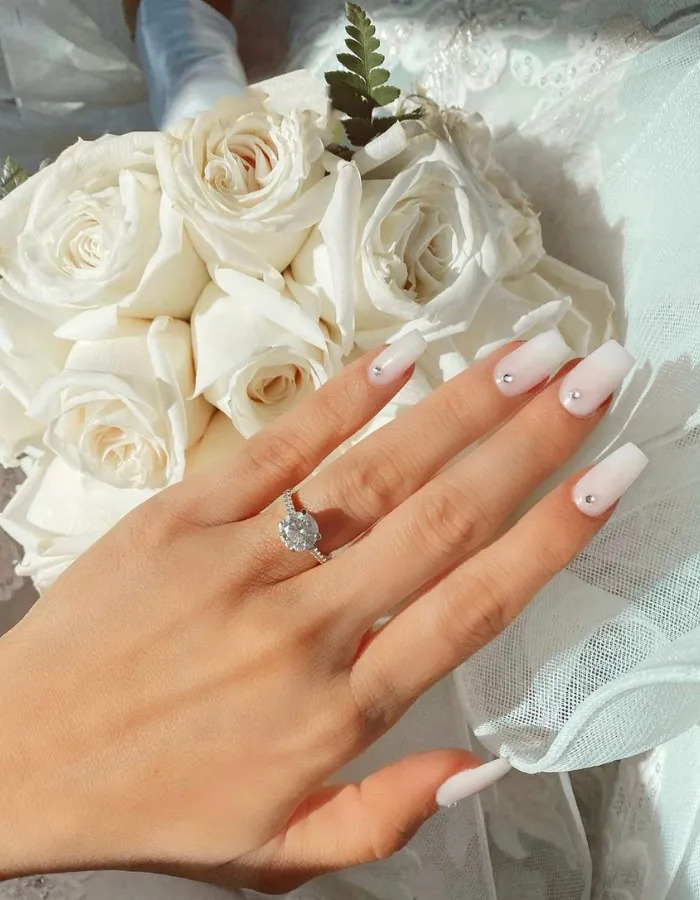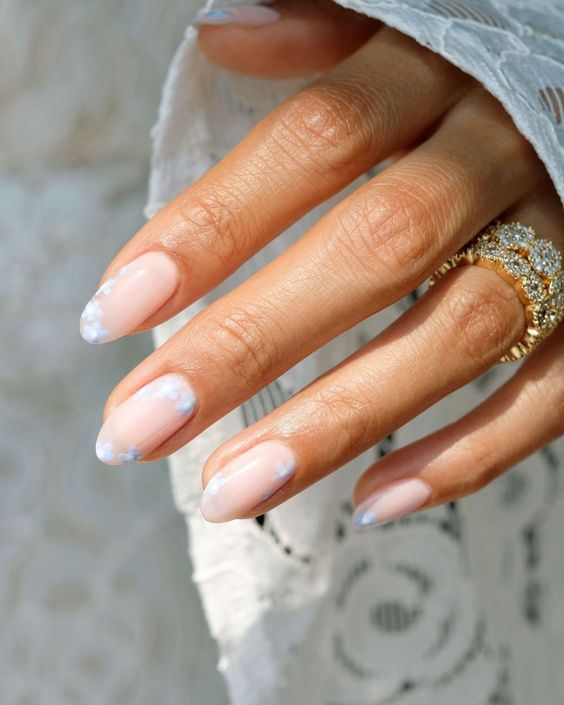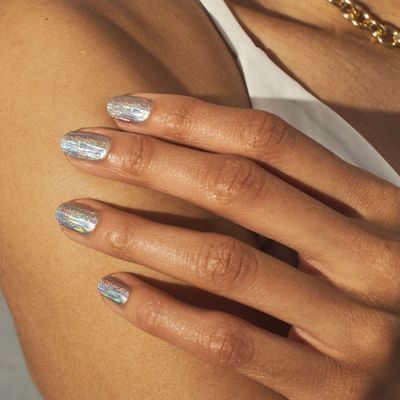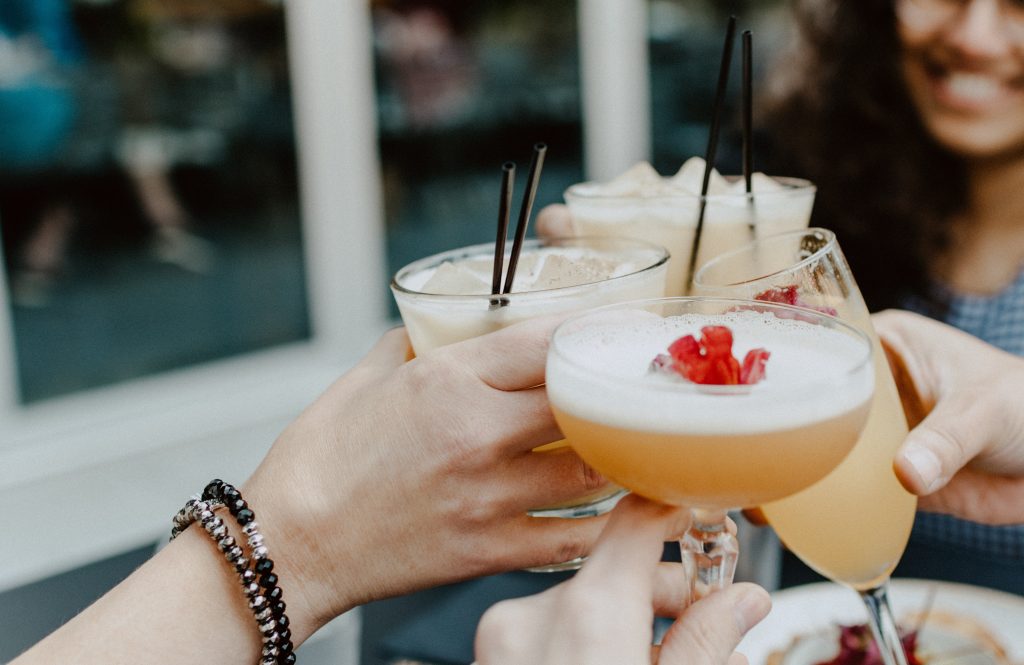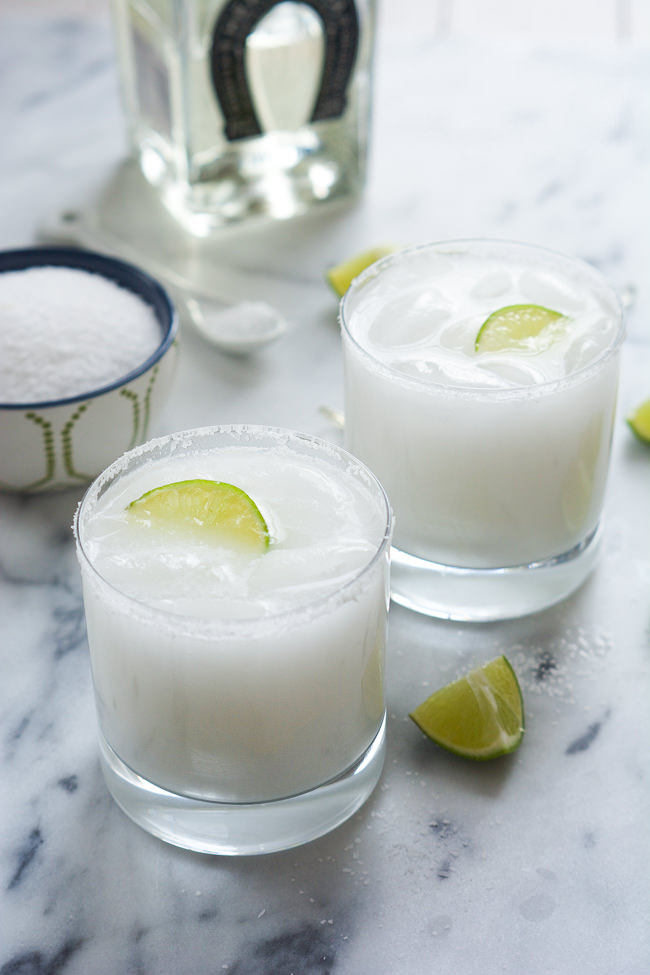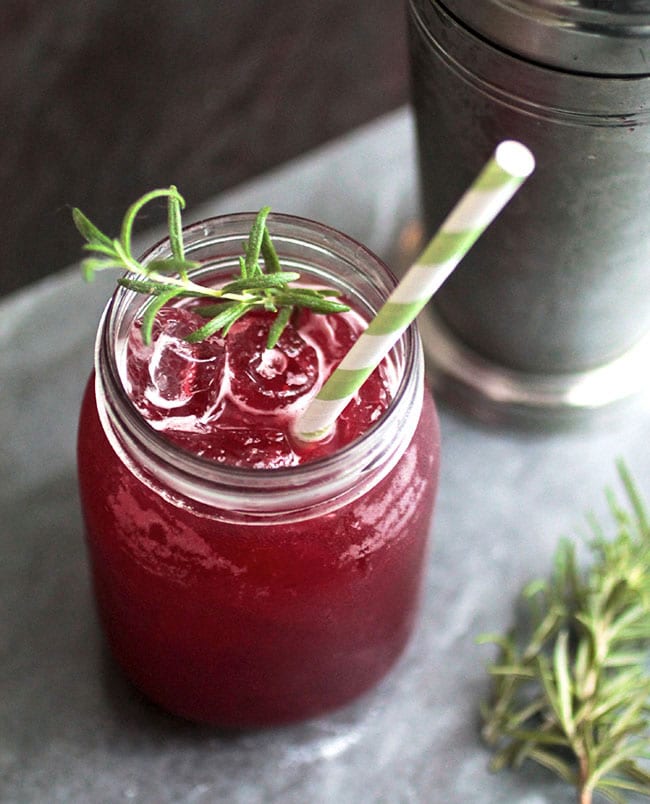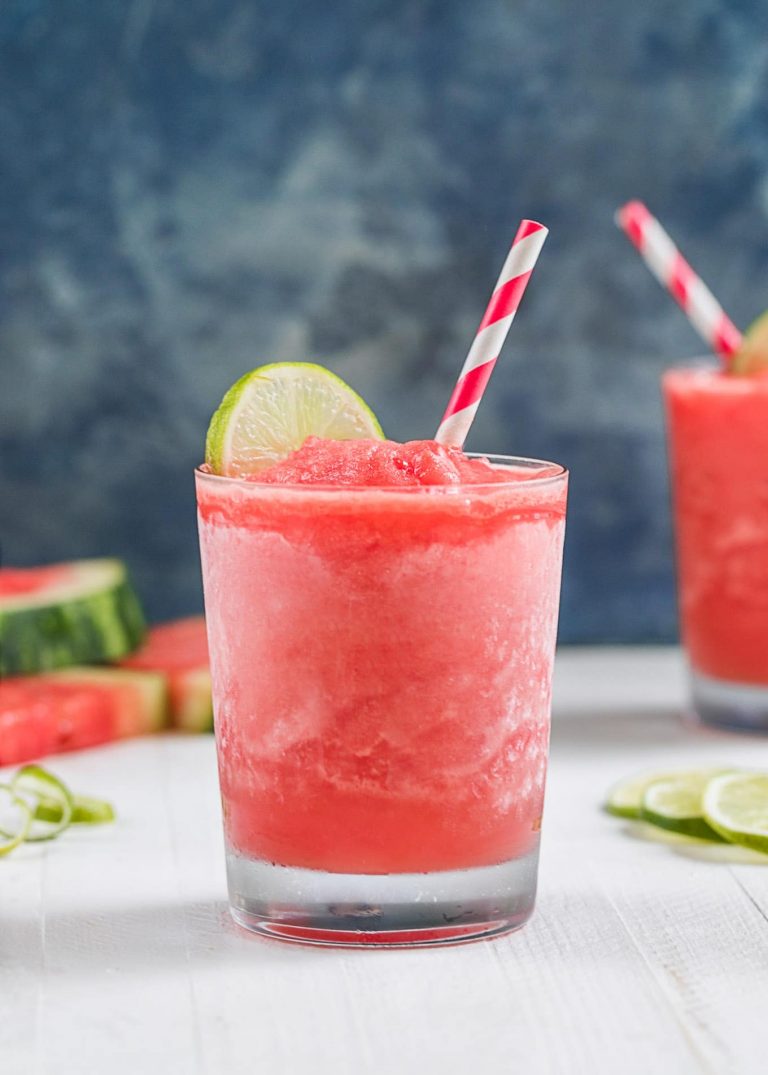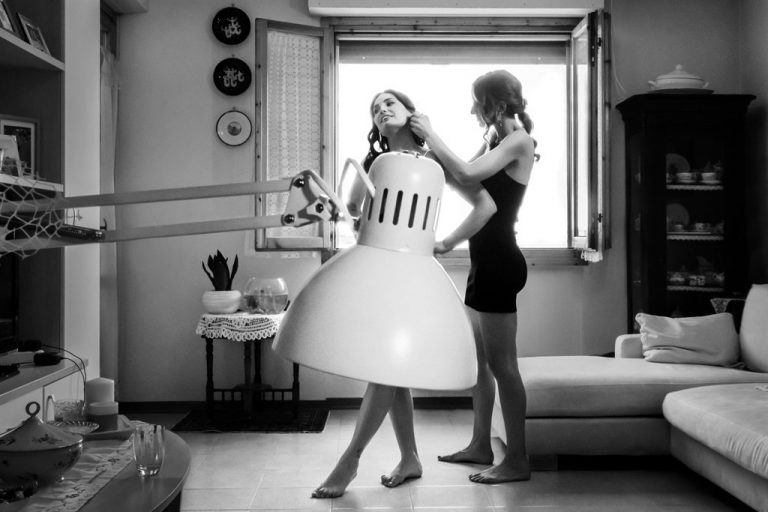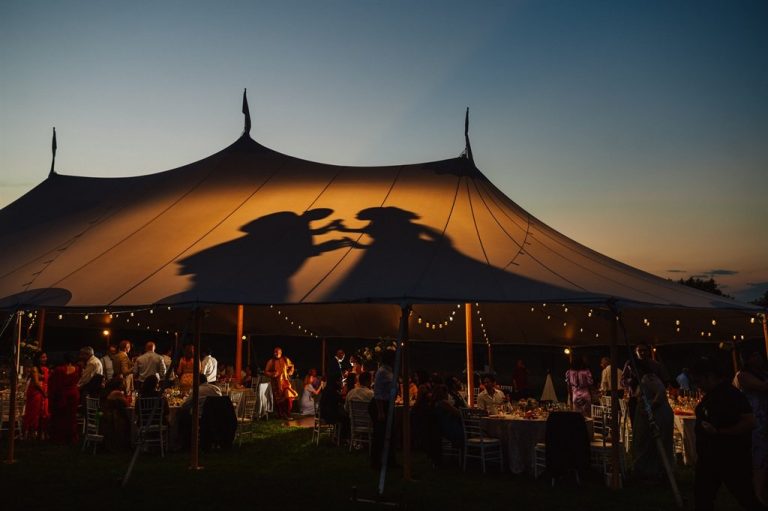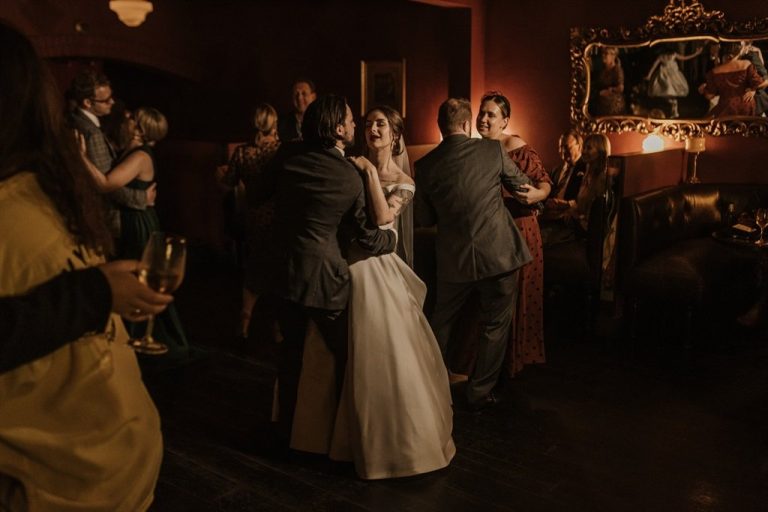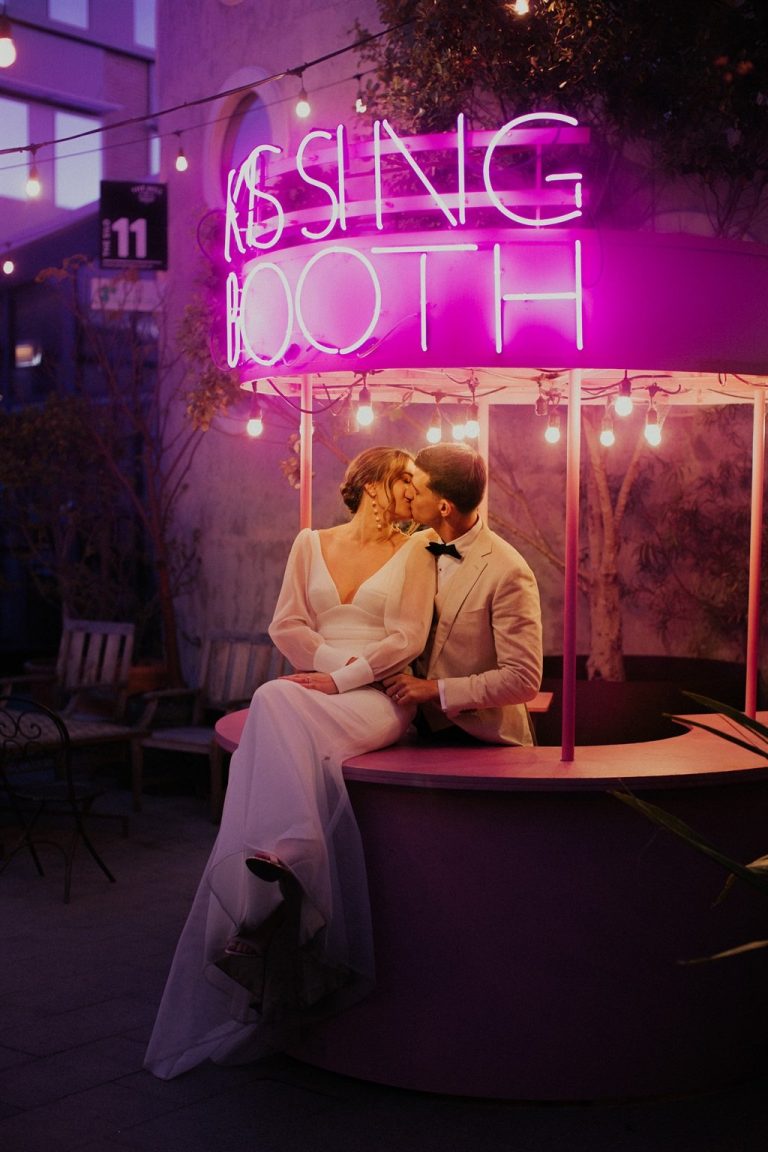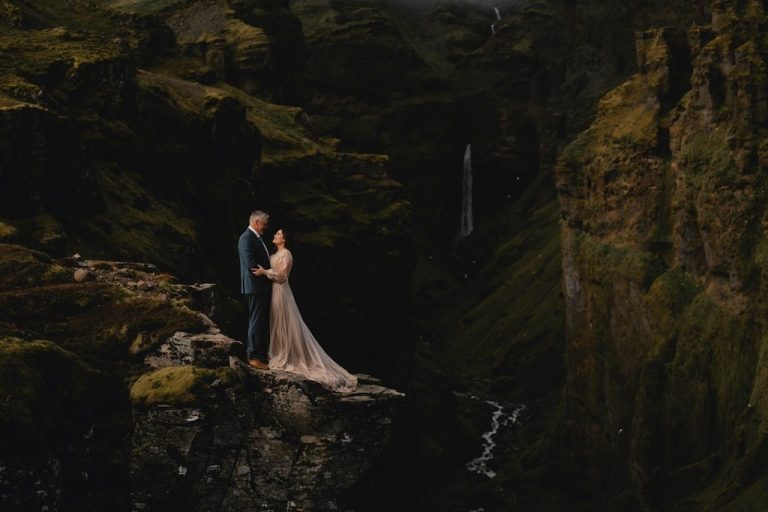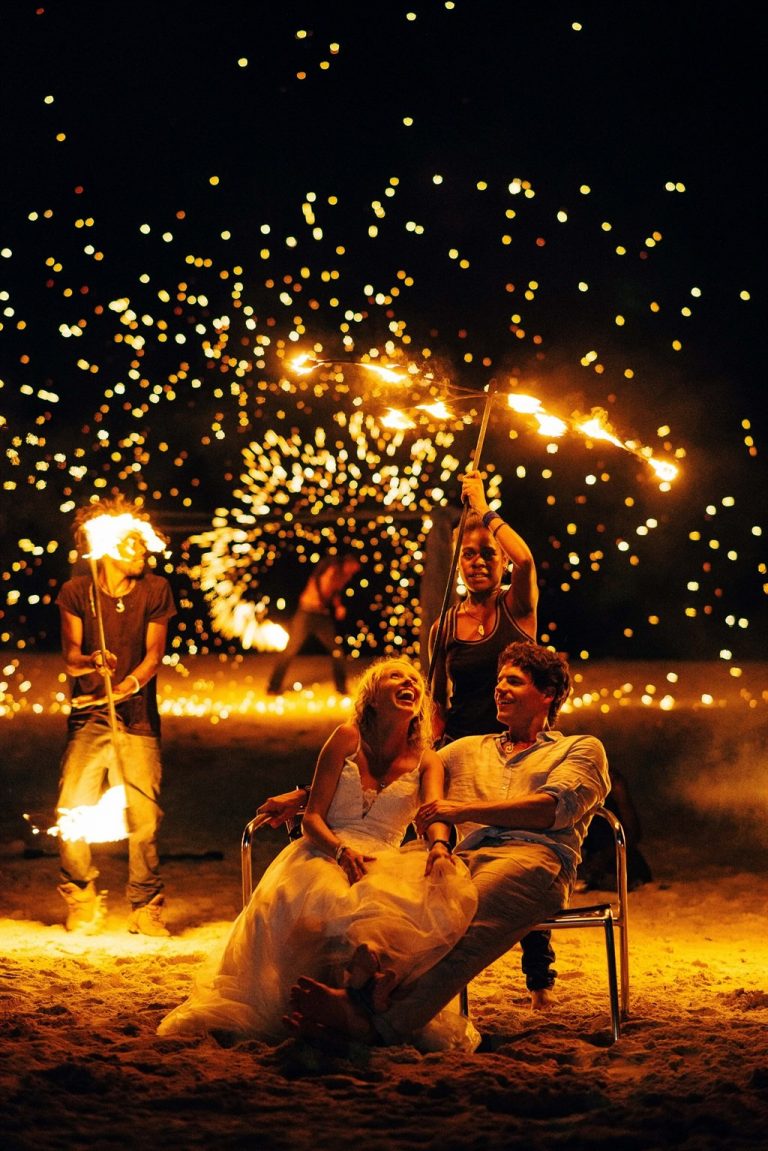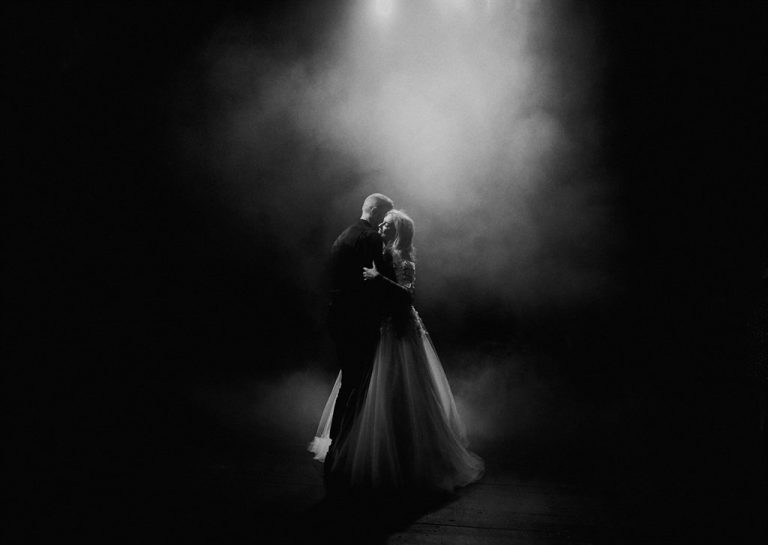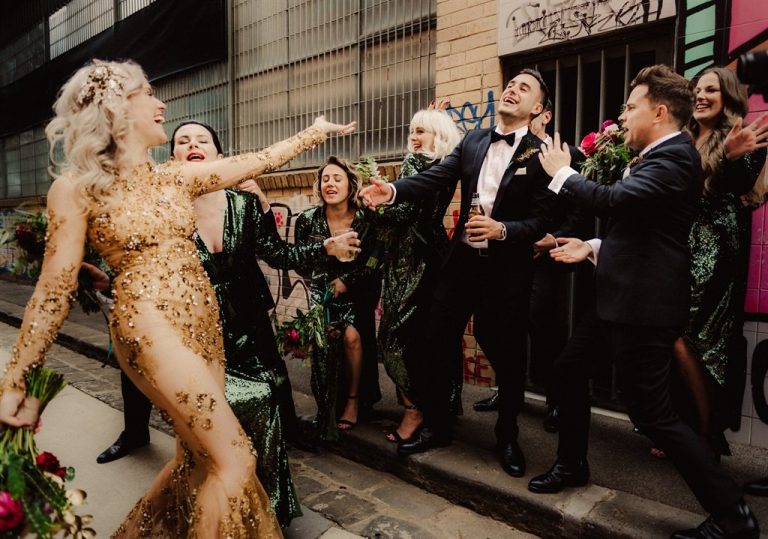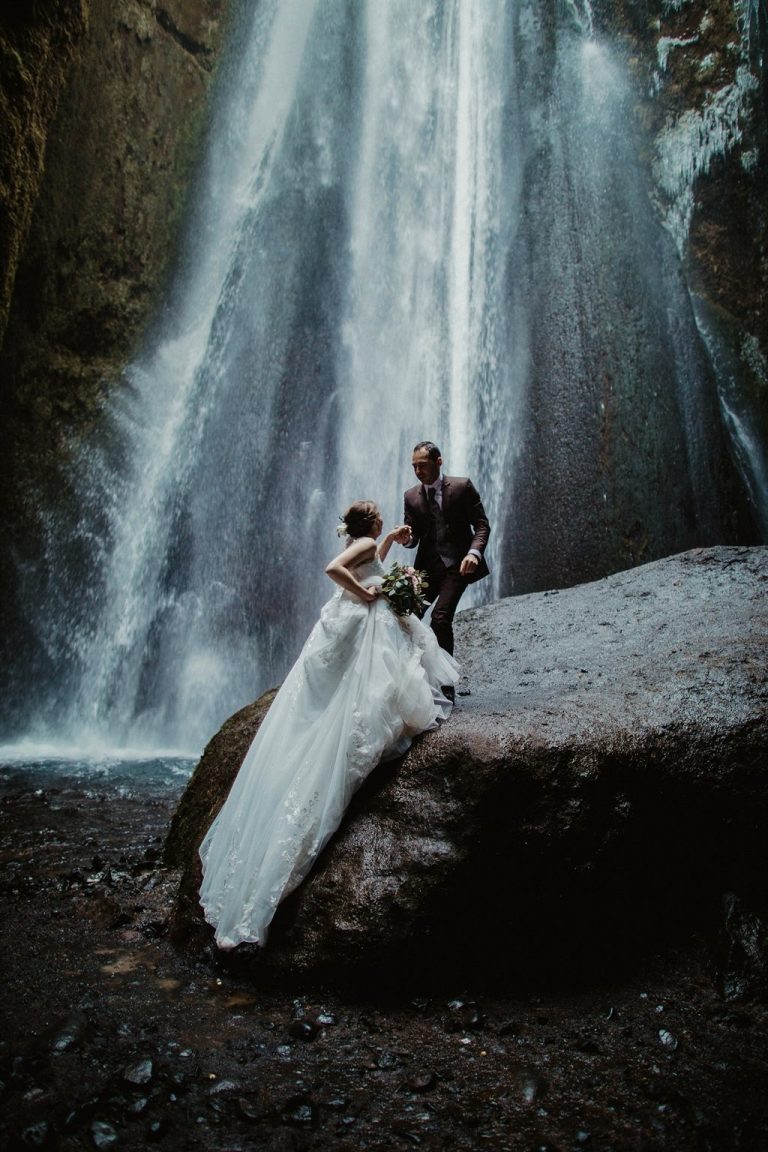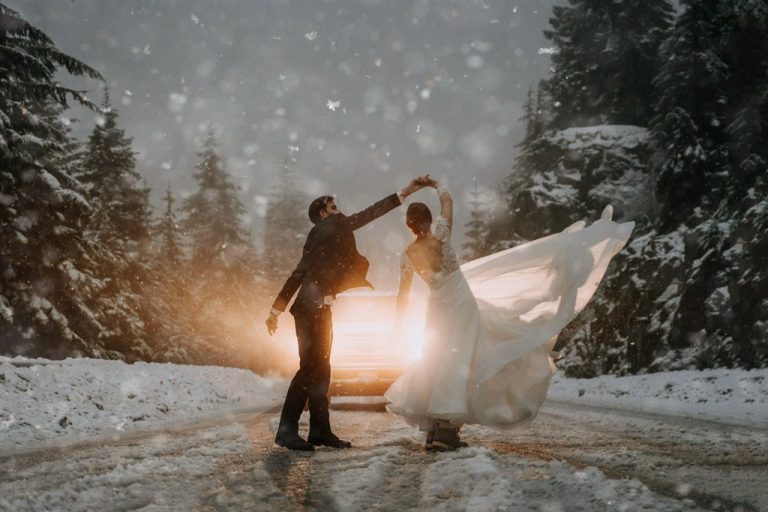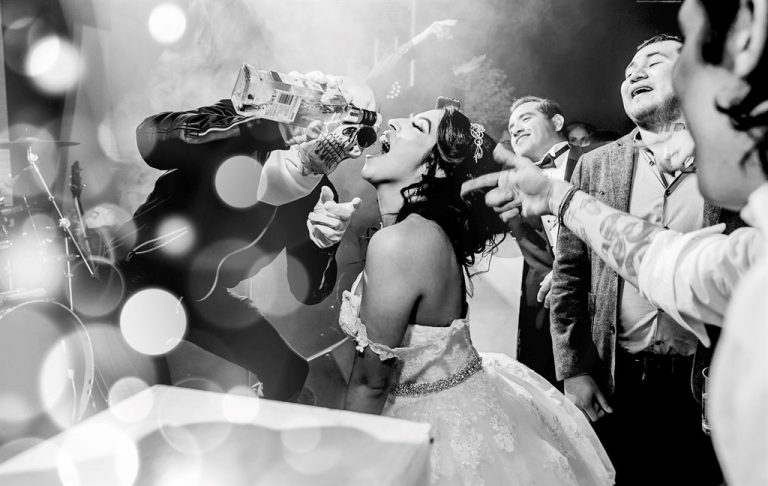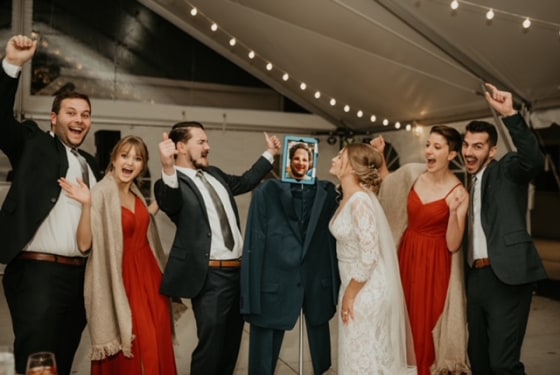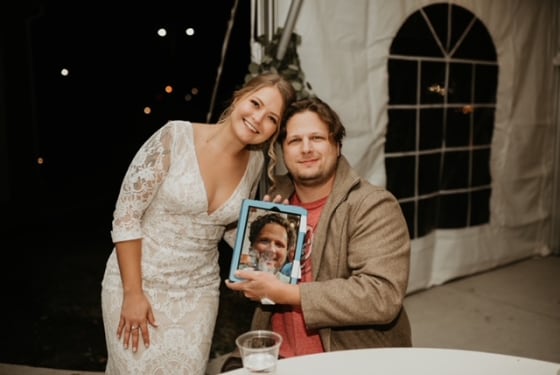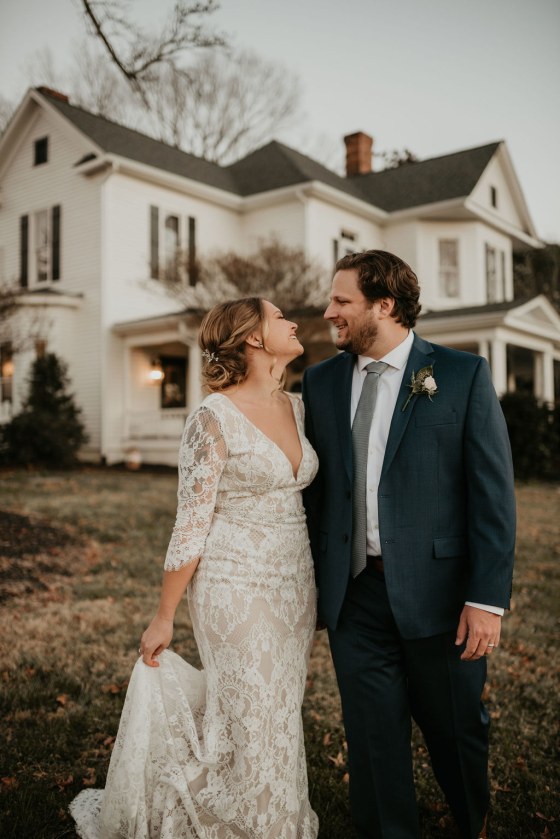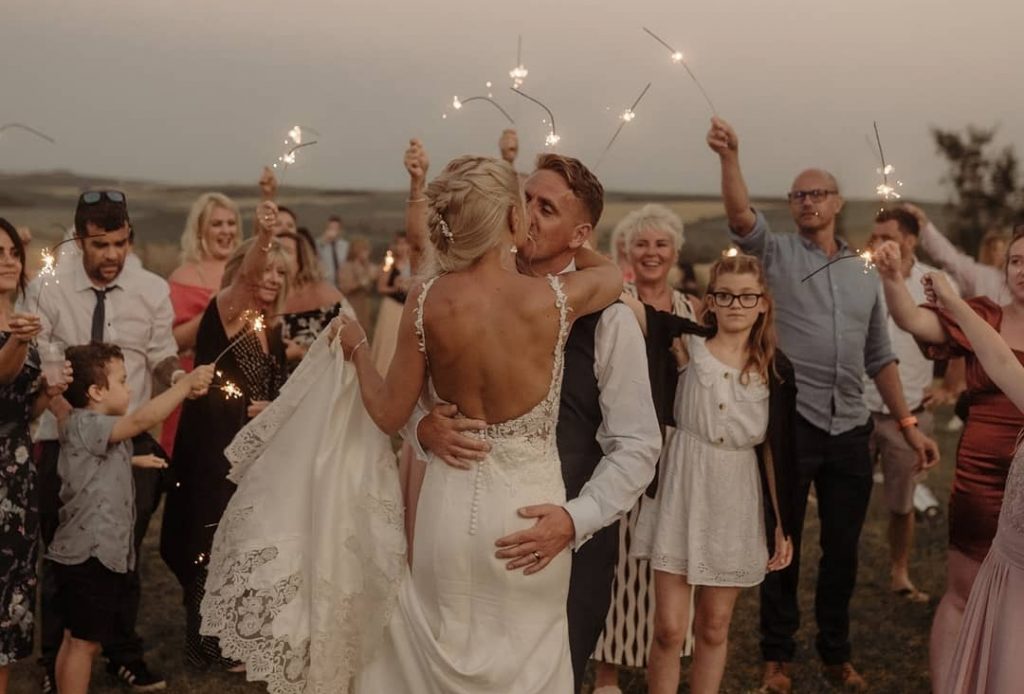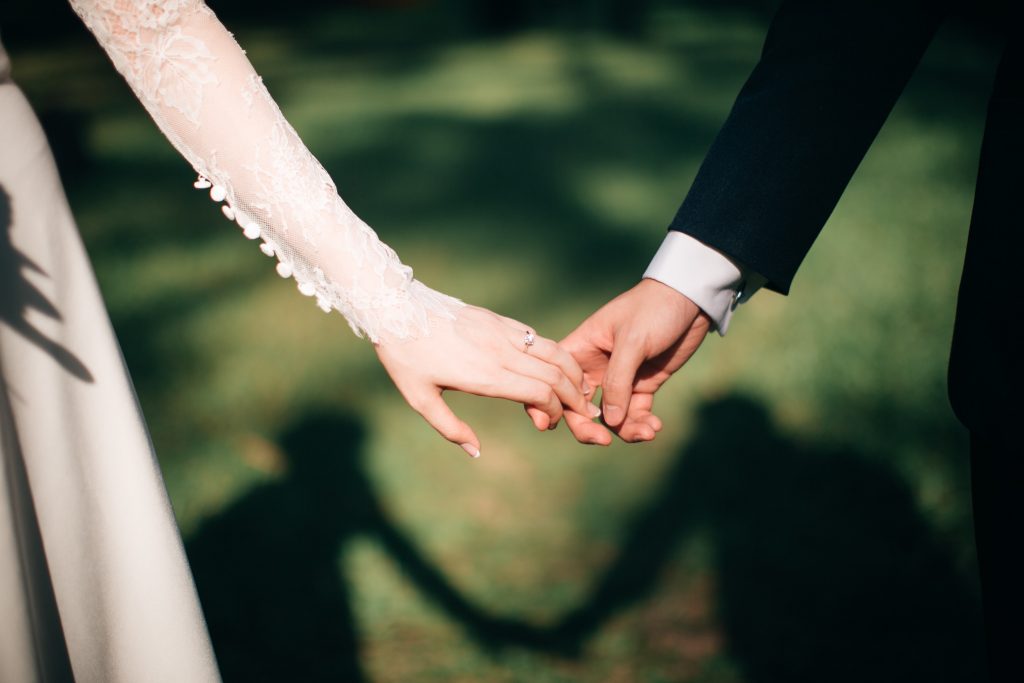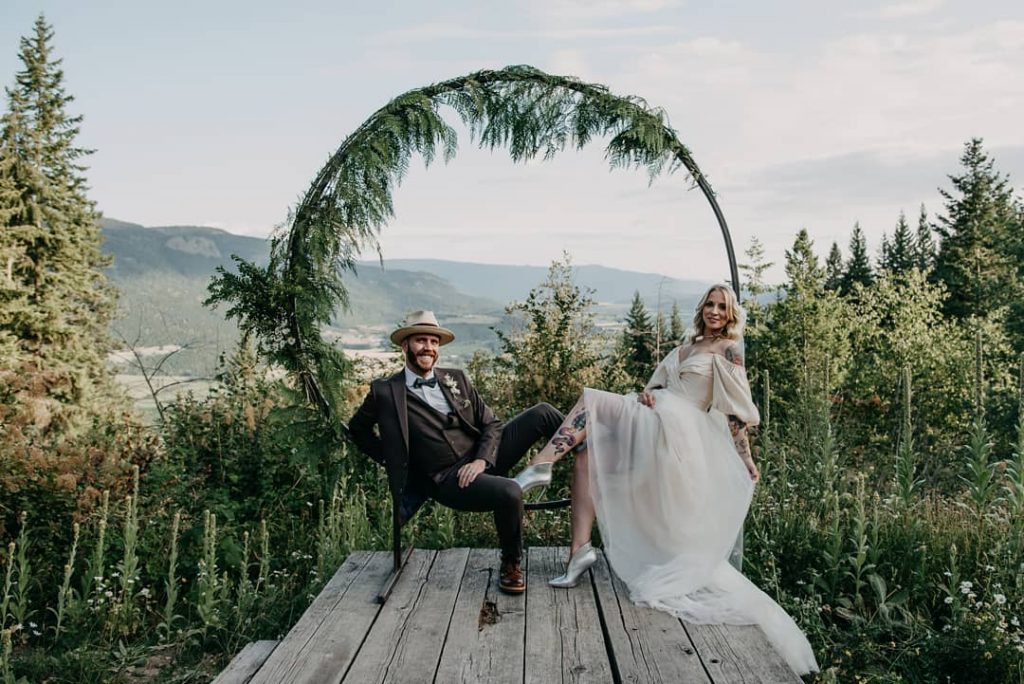The COVID-19 pandemic certainly threw a spanner in the works for countless couples across the globe, with many soon-to-say-I-do being forced to postpone their big day due to tightening lockdown restrictions. However, despite the many setbacks along the way, there is a silver lining for twosomes planning on getting hitched.
Considering how, for social distancing’s sake, big weddings are out, and small, intimate ceremonies are in, couples have been able to conserve a significant amount of their initial wedding budget with many opting to use the extra money to plan a once-in-a-lifetime destination wedding and inviting only their nearest and dearest.
If this approach to getting married sounds appealing, you might be wondering “where to?” Here’s a look at five magical local wedding destinations to which you’ll want to immediately say “I do.”
A country-style union in Citrusdal
Escape from the noise of the city streets and savour the simple country life in Citrusdal, a charming little town nestled in the Western Cape’s Olifants River Valley. Breathe in the fresh air surrounded by the Cederberg mountains and marvel at the gorgeous backdrop of sprawling citrus orchards – talk about the perfect place to snap those wedding photos!
If you’re really after unrivalled privacy, peace and quiet when it comes to tying the knot, it’s a great idea to find a venue off the beaten track or, better yet, perched at the very top of a mountain pass, such as Piekenierskloof Mountain Resort.
“This resort is a popular choice for weddings not only for its country, rustic styling and breath-taking beauty but also due to its impressive facilities. Piekenierskloof Mountain Resort always promises a well-stocked bar, along with access to an indoor heated pool and a private spa for lengthy pamper sessions for the bride-to-be and her wedding party,” says Sharmila Ragunanan, Group Marketing Executive for Dream Hotels & Resorts.
A whimsical wedding in the Winelands
There’s no better place in which to toast to life-long health and happiness than in the Cape Winelands. Who wouldn’t want to wed in the Winelands surrounded by flourishing grapevines and mountain views? Add to that some of the world’s best wine and the most mouth-watering gourmet masterpieces comprising farm-fresh ingredients for your wedding reception and you have yourself a wedding venue recipe guaranteed to wow.
The region is also a sought-after honeymoon spot, allowing newlyweds to get wrapped up in the best of what Mother Nature has to offer. Think morning visits to the spa, romantic afternoon wine tastings and candlelit dinners at some of SA’s leading restaurants.
Matrimony in the mountains, Drakensberg
You’ve probably noticed as you’ve gone through this list that getting married surrounded by majestic mountains is an emerging trend this wedding season. Well, there’s more to it than simply finding a beautiful backdrop for wedding photographs. Many couples believe that mountains are a perfect symbol of what they hope their union to be – strong, enduring, eternal.
There are other couples who liken marriage to the process of climbing a mountain. You start off at ‘basecamp’ when you say, ‘I do’ and begin your climb. Along the way, there are sure to be many twists and turns and extremely challenging moments, in-between moments where you can’t help but stop and savour the incredible beauty around you and a wonderful feeling of contentment. You’ll quickly realise that it’s not about reaching the top, but enjoying the journey, knowing that there will be positive and negative experiences throughout and remembering, of course, that it’s all worth it in the end!
Those looking for a true mountainous paradise can’t go wrong with the Drakensberg as their chosen destination. Whether you decide to get married at the foothills of the mountains or at the summit of one of the peaks, it’s certain to be a day to remember that’s full of depth, meaning and delight. You’ll be utterly charmed checking in at the Little Switzerland resort, an Alpine-esque retreat nestled at the foot of the northern Drakensberg. This corner of the Berg is ‘made’ for romance whether you want to get active with hikes or horse rides or relax around a roaring fire, get pampered in the spa or simply take in the epic views.
A beautiful beach ceremony in Ballito
Saying ‘I do’ with the sunshine on your skin (making it super easy to get that natural bridal glow!) and the soft beach sand between your toes is sure to be a welcome indulgence on your special day.
It’s easy to understand why so many couples venture to the KZN coast for their nuptials. They know that they’re practically guaranteed the perfect weather and the perfect backdrop, as well as that there will be plenty of adventures in store after the wedding is over. After all, KZN is a go-to local honeymoon spot for a reason!
Ballito, in particular, is a top choice for proposals and weddings alike. Here, there are many stunning guesthouses and lodges located right next to the beach, like the ever-popular coastal resort, Zimbali Lodge. These venues promise views of the ebb and flow of the Indian Ocean, shade beneath picturesque palm trees, and an endless supply of refreshing sea air to soothe those pre-wedding jitters.
A wedding in the wilderness, Greater Pilanesberg
If the serenity of the bushveld is calling, you can’t go wrong with a destination wedding in the North West’s Greater Pilanesberg. Grab your closest friends and relatives and head out into the wilderness for a few days of relaxation, pampering and life’s simplest pleasures ahead of the big day. It’s an ideal way in which to unwind and prepare for such a life-changing event. Once the wedding is over, you and your love will be free to set off on your own mission and enjoy a romantic safari getaway for two in the Pilanesberg National Park or, alternatively, a dose of glitz and glamour at nearby Sun City.
Wherever your wanderlust takes you, rest assured that your local destination wedding will be everything that you ever dreamed of and more. What a way to make the most of every moment as the two of you begin your life-long journey together!
Picture: Instagram @otyliaphotography
